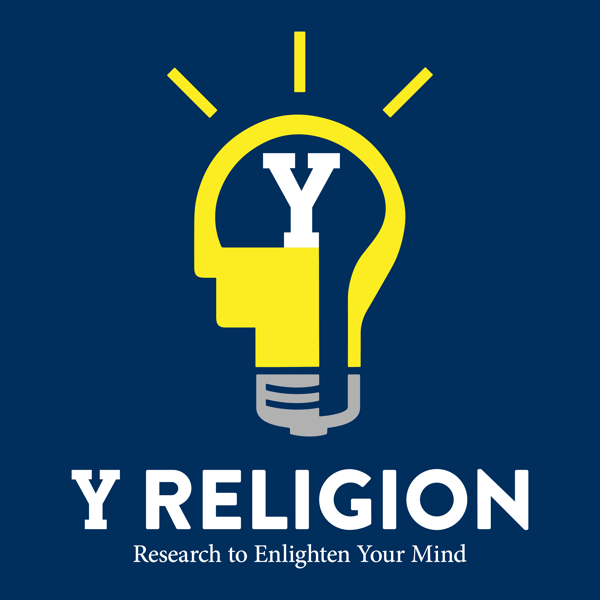Episode 9: Healing at Carthage Jail (Scott Esplin)
Y Religion
BYU Religious Education
4.8 • 1.7K Ratings
🗓️ 1 June 2020
⏱️ 37 minutes
🧾️ Download transcript
Summary
Carthage Jail, where Joseph and Hyrum Smith were killed, is visited by thousands of people annually as Church missionaries guide them through the building, reviewing the heartrending event. How did the Church acquire this tragic site—and why? In this episode, BYU professor and Nauvoo historian Dr. Scott Esplin shares his fascinating research on this history, discussing why visiting and memorializing sites where tragedy and suffering have occurred, such as Carthage Jail, can lead to understanding and healing.
Remember to "subscribe" to the Y Religion podcast to get automatic downloads of new episodes, and also to leave us a rating (it helps others find us). Thanks!
Transcript
Click on a timestamp to play from that location
| 0:00.0 | Hi everybody Professor Anthony Sweat from BOU's Department of Church History and Doctrine, |
| 0:03.9 | great to be with you on another episode of Why Religion. The first time that I ever personally visited |
| 0:09.6 | Carthage Jail I wept. Walking the same stairs that the mob ascended, touching the |
| 0:14.8 | original door that they shot through with bullet holes still present, approaching |
| 0:19.7 | the window from which Joseph Smith attempted to leap, and looking through it down to the ground where he |
| 0:24.8 | landed was shot and killed, caused me to replay those scenes viscerally in my mind, and it touched |
| 0:31.0 | my heart deeply. I've never forgotten it. and it |
| 0:38.2 | I've never forgotten it and to this day I can barely speak of the martyrdom of Joseph and Hiram Smith without becoming a little emotional. |
| 0:41.0 | I've had similar experiences visiting other tragic |
| 0:44.3 | places such as the 9-11 memorial in New York City or the Holocaust Museum |
| 0:49.2 | in Israel. Visiting historic sites of tragedy is something that Professor Scott Espelen from |
| 0:54.8 | BOU's Department of Church History and Doctrine has recently researched and published on. |
| 0:59.1 | These are sites associated with terrible stories, |
| 1:02.6 | tragedy, and loss and suffering. |
| 1:04.7 | And it caused me to wonder, in what ways do we do some of these same things? |
| 1:09.5 | Do we have sites associated with our history and our faith that explore dark tourism and we do. |
| 1:17.7 | And we have something to say about it I think because of our theology. |
| 1:21.2 | We have a strong robust theology that explores death and suffering and their |
| 1:26.7 | purposes in life and the purposes in God's plan for us, as well as life beyond the |
| 1:31.2 | grave. It all came together with a study of Carthage |
| 1:34.7 | Jail as a dark tourism site. So as this summer travel season hits and we may not |
| 1:42.1 | be able to visit some of these sacred |
... |
Please login to see the full transcript.
Disclaimer: The podcast and artwork embedded on this page are from BYU Religious Education, and are the property of its owner and not affiliated with or endorsed by Tapesearch.
Generated transcripts are the property of BYU Religious Education and are distributed freely under the Fair Use doctrine. Transcripts generated by Tapesearch are not guaranteed to be accurate.
Copyright © Tapesearch 2025.

